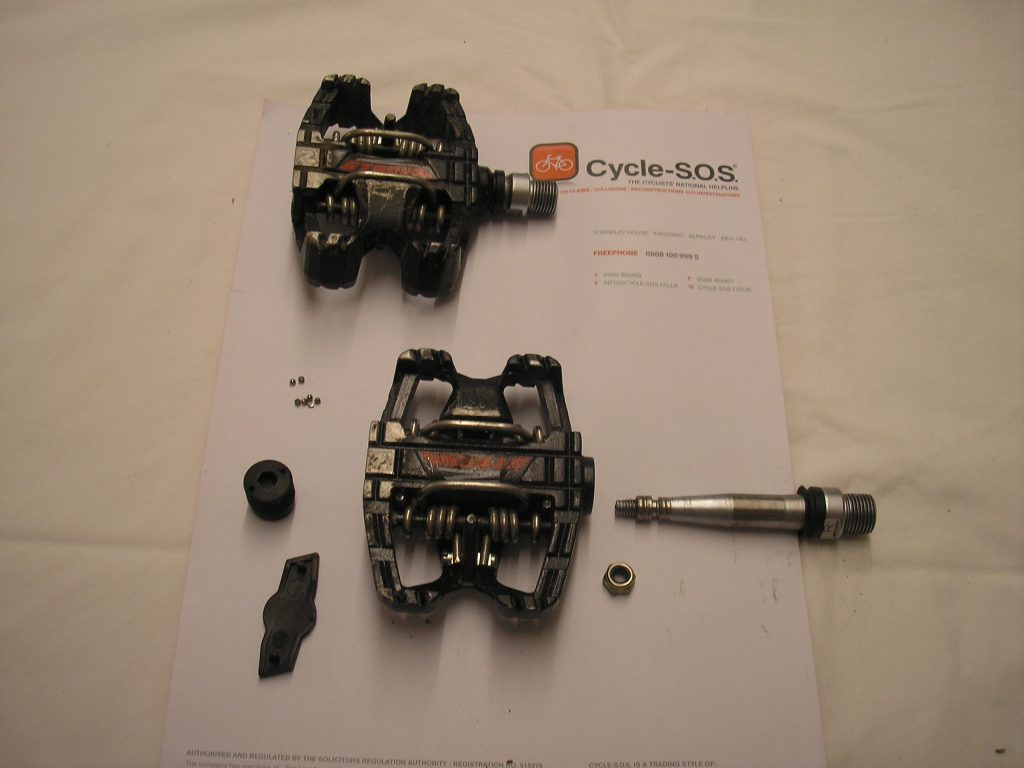Law firms working in the Injury sector realize that there will not be any money to pay for their services until a claim is won or at least (in the most serious claims) well advanced.
This means that when a law firm takes on a case it is making a commitment to provide the services of its staff and infrastructure for anything between 6 months and 2, 3, 5 or more years without any income from the case.

It is also likely to be required to fund expenses which have to be paid to make the case happen: fees for Police files, Medical Reports, Court issue Fees, other Expert Witnesses.
It’s hard to think of any other private sector business which carries an overhead for so long. With such negative cash flow, how do these firms survive, especially since the flow of funds from the compensators was stifled when Success Fee recoverability was abolished in 2013 and Fixed Costs introduced?
The answers include-: first, the work in progress has a value (providing the case is won), so that can be ‘mortgaged’ to a lender, the equivalent to ‘Stock’ in a trading company. Second, if a firm has been running for a period of several years or more, the early cases will be settling; some maybe within a year and thirdly the charge of 25% (+ vat) imposed on the damages recovered, commonly refered to as a ‘shortfall’
But it’s still a heavy financial burden which requires keen management and cost control. What does that mean for the injured victim of a collision?
- A charge of the Victims’ damages typically around 25% plus VAT
- The most economical labour. This means utilizing ‘Paralegals’ and ‘Litigation Executives’ as far as possible, because staff who are fully legally qualified, Professional Legal Executives and Solicitors, are far more expensive. (Note the difference between the two ‘executive’ titles. Only one is qualified.)
- Use of electronic Case Management systems with reams of pre-written standard letters which are meant to cover all the eventualities, about which a qualified lawyer would be aware but an unqualified may not. The systems are meant to be a substitute for legal qualification and experience but seldom are. Further, these may work semi-successfully until the file handler changes; but it’s a nightmare for the incomer to locate every detail buried in the e-system. That’s why electronic case management ought ideally to be run in tandem with hard copy material, not to the exclusion of it.
- Omitting certain steps which a Qualified is trained to regard as essential but which an unqualified often finds challenging. The most common is preparation of the Victim’s Personal Statement at the earliest opportunity. If a case is in the Court system, such a statement will have to be prepared for use at the Hearing, but is often done maybe a year or more down the line from the crash. Military debriefs are undertaken as soon as the personnel return from their mission to avoid loss of detail. Enough said.
Back in the day, pre-Conditional fee, either a Claimant qualified for Legal Aid OR the Law Firm undertook a risk assessment and made an informed judgement upon prospects of success. At the conclusion, hopefully successful, the compensator would pay costs which would be either negotiated or assessed. There might be what was called a “Solicitor and Own Client” bill covering any fees not recovered from the opponent. Nobody starved and many lawyers made reasonable incomes, until Government interfered.
